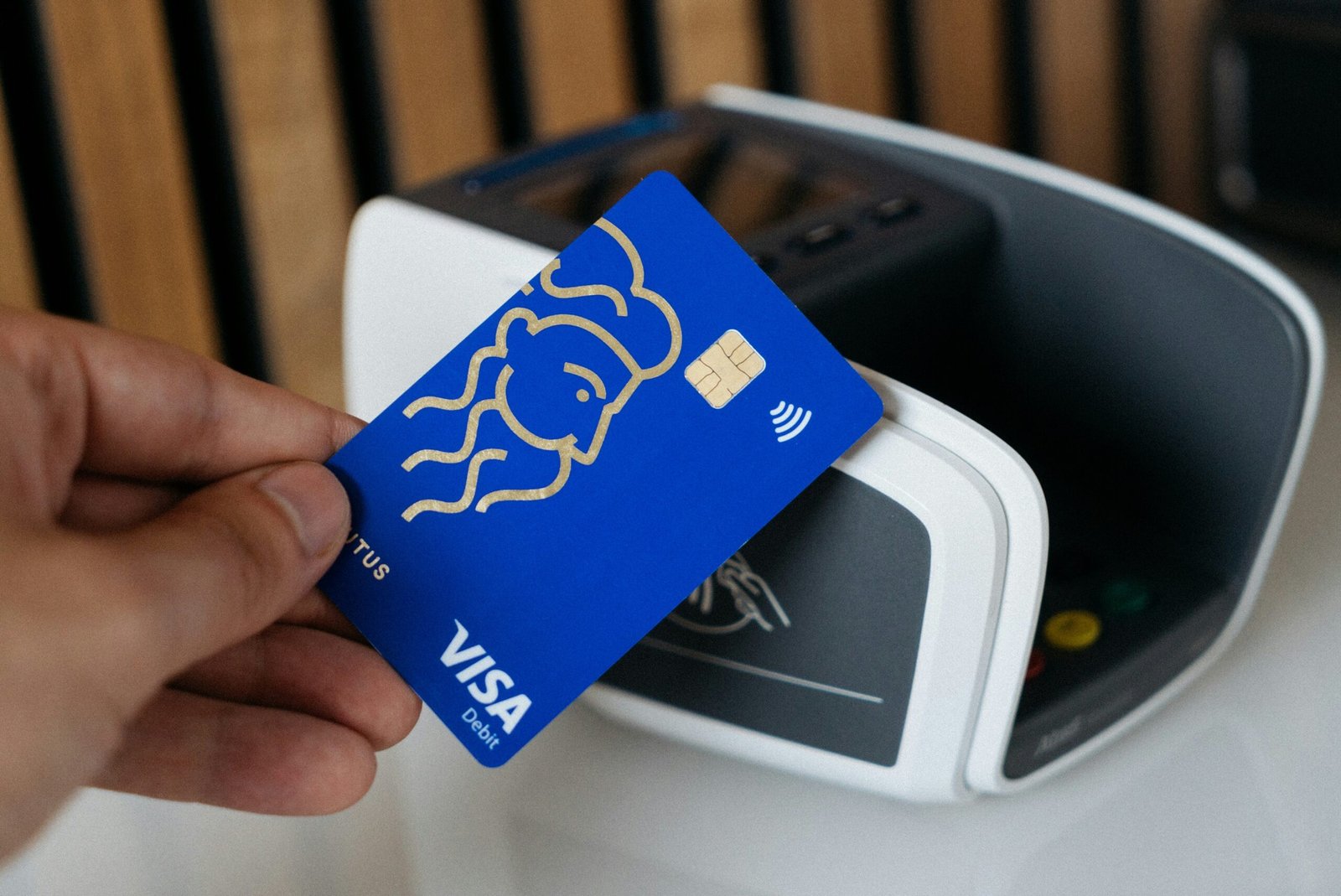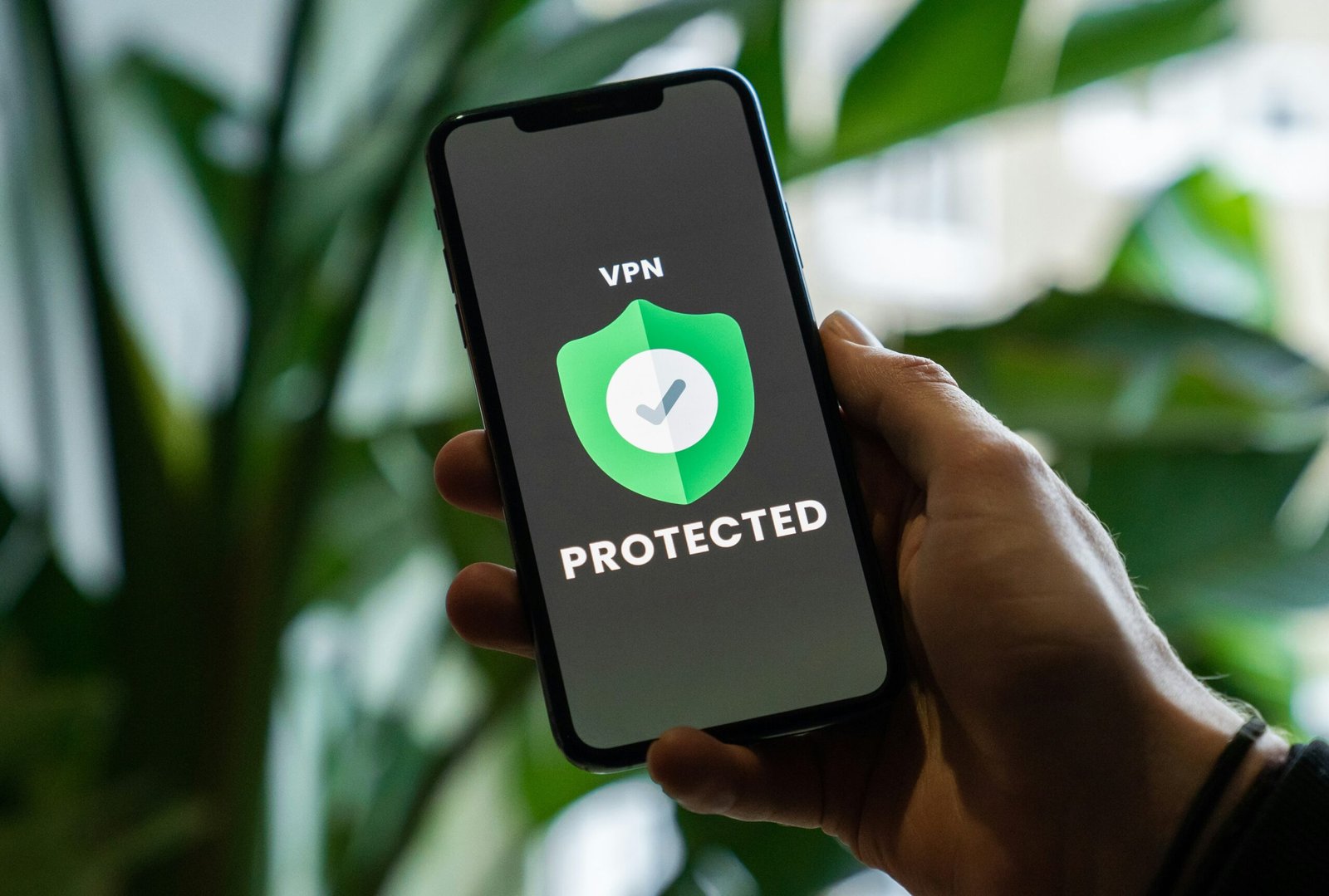Introduction
In today’s digital-first world, using credit cards for online transactions has become an everyday activity. Whether paying for services, booking travel, or ordering products, millions of people rely on credit cards for speed, convenience, and security. However, with convenience comes risk. Cybercriminals constantly look for opportunities to steal sensitive financial data, and credit cards are often a prime target.
For anyone in the United States—or anywhere else—it’s essential to understand how to use credit cards online responsibly. Protecting your card details can help you avoid fraud, identity theft, and financial stress. This guide will walk you through safe practices for using credit cards online, explaining both the risks and the protective measures you can take.
Why Credit Card Security Matters
Credit card fraud is one of the most common financial crimes globally. According to Federal Trade Commission (FTC) data, credit card fraud consistently ranks among the top types of identity theft complaints in the U.S. The impact can range from unauthorized charges to damaged credit scores, and in severe cases, even stolen identities.

Online environments are particularly vulnerable because transactions occur without a physical card present. This “card-not-present” risk means thieves only need your number, expiration date, and CVV code to make fraudulent charges. Understanding these risks is the first step toward protecting yourself.
1. Use Secure and Trusted Websites
One of the simplest yet most effective safe practices is to ensure you only enter credit card information on secure websites. Look for:
-
HTTPS in the URL – The “s” stands for “secure” and indicates encryption is being used.
-
Lock Icon – Modern browsers display a padlock symbol next to the website address, signaling a secure connection.
-
Reputable Domain – Stick with well-known, trusted e-commerce websites or service providers.
If a site looks suspicious, has misspellings in the domain, or lacks proper security certificates, avoid entering your card details.
2. Avoid Public Wi-Fi for Transactions
Public Wi-Fi networks, like those in cafes, airports, or hotels, may not be secure. Cybercriminals often exploit these networks to intercept sensitive data, including credit card numbers.

Safer alternatives include:
-
Using your mobile carrier’s data connection.
-
Turning on a trusted Virtual Private Network (VPN) to encrypt your browsing session.
-
Waiting until you’re on a secure, private home network before entering financial details.
3. Use Strong and Unique Passwords
While this may seem unrelated to credit cards, your account security directly impacts how safe your information remains. Many fraud attempts happen when hackers access e-commerce accounts and retrieve stored card data.
Follow these guidelines:
-
Create strong passwords with a mix of letters, numbers, and symbols.
-
Avoid using personal details like birthdays or simple sequences (e.g., 123456).
-
Never reuse passwords across multiple sites.
-
Use a password manager if remembering complex passwords is difficult.
4. Enable Two-Factor Authentication (2FA)
Whenever available, enable two-factor authentication on accounts that store your credit card information. This adds an extra layer of protection. Even if a hacker has your password, they would also need access to your secondary verification method, such as a text message code or authentication app.
5. Keep Your Devices Secure
Your credit card details are only as safe as the device you use for online transactions. A compromised computer or smartphone can expose everything.

Best practices include:
-
Install reliable antivirus software.
-
Keep your operating system and apps updated.
-
Use a firewall for added protection.
-
Avoid downloading apps from unknown or suspicious sources.
6. Use Virtual or Disposable Credit Cards
Many banks and financial institutions now offer virtual credit cards or disposable numbers. These temporary card numbers can be used for online transactions instead of your actual card number. If compromised, the virtual number can be disabled without affecting your main account.
This method provides a strong defense against fraud, especially when dealing with unfamiliar websites.
7. Monitor Statements Regularly
Fraudsters often start with small unauthorized charges to test whether a card is active. By the time larger charges appear, significant damage may already be done.
To prevent this:
-
Check your online statements frequently.
-
Set up account alerts for every transaction.
-
Immediately report any suspicious activity to your card issuer.
Most credit card companies have zero-liability policies for fraudulent charges, but timely reporting is essential.
8. Beware of Phishing Scams
Phishing remains one of the most common tactics used to steal credit card information. These scams often arrive as emails, texts, or pop-ups that mimic legitimate companies and trick you into entering personal details.

Signs of phishing include:
-
Poor spelling and grammar.
-
Unfamiliar sender addresses.
-
Requests for urgent action (“Your account will be suspended unless…”)
-
Links that don’t match the official website.
Always type the official website address directly into your browser rather than clicking on email links.
9. Don’t Save Card Information Unnecessarily
While saving your credit card details on a website can make future transactions faster, it also increases your exposure if the site suffers a data breach.
Safer approaches include:
-
Entering your card details manually each time.
-
Using digital wallets such as Apple Pay, Google Pay, or PayPal, which tokenize your data for safer transactions.
10. Watch Out for Over-Sharing on Social Media
Cybercriminals often piece together information from multiple sources. If you openly share personal details like your full name, birthdate, address, or even favorite pet, these clues could help them crack security questions or create convincing scams targeting you.

Always keep personal information limited and avoid discussing financial matters publicly.
11. Use Credit Over Debit
When given a choice between credit and debit cards online, credit cards generally offer better protection. Most U.S. credit card issuers provide strong fraud liability safeguards, while debit card fraud may take longer to resolve and directly impacts your bank account.
12. Recognize Red Flags in Transactions
Fraudulent or suspicious websites often show warning signs, such as:
-
Prices that are “too good to be true.”
-
No clear contact information or physical address.
-
Limited or fake customer reviews.
-
Poorly designed websites with inconsistent branding.
Trust your instincts—if something feels off, it’s safer not to proceed.
13. Educate Yourself About Fraud Protection Policies
Familiarize yourself with your credit card company’s fraud protection policies. Most U.S. issuers have a zero liability policy, which means you won’t be responsible for unauthorized charges as long as you report them quickly.
Knowing your rights can provide peace of mind and help you act faster in the event of a problem.
14. Securely Dispose of Old Cards
Even though this applies to physical cards, it’s worth mentioning. When your card expires or you receive a replacement, cut it into several pieces before discarding. This prevents criminals from retrieving any data that could be misused.
15. Be Cautious with Third-Party Apps and Plugins
Some apps and browser extensions promise discounts or rewards when you enter card details, but they can pose risks. Always verify the credibility of any third-party tool before linking it to your financial information.
16. Travel Precautions for Online Use
When traveling abroad, especially outside the U.S., you may use your credit card online for hotel bookings, tours, or local services. Keep these travel-related tips in mind:
-
Notify your bank of travel plans to prevent transactions from being flagged.
-
Use multi-currency cards when possible.
-
Be extra cautious when using shared or public computers.
Conclusion
Using credit cards online doesn’t have to be risky. By following safe practices, you can protect yourself from fraud while still enjoying the convenience that digital transactions provide. From using secure websites and avoiding public Wi-Fi to enabling two-factor authentication and monitoring your statements, these steps create multiple layers of protection. The digital world will continue to evolve, and so will the methods used by cybercriminals. Staying informed and cautious ensures you remain in control of your financial security. Your credit card is more than just a payment tool—it’s a gateway to your financial identity. Treat it with the same care as you would any valuable possession.